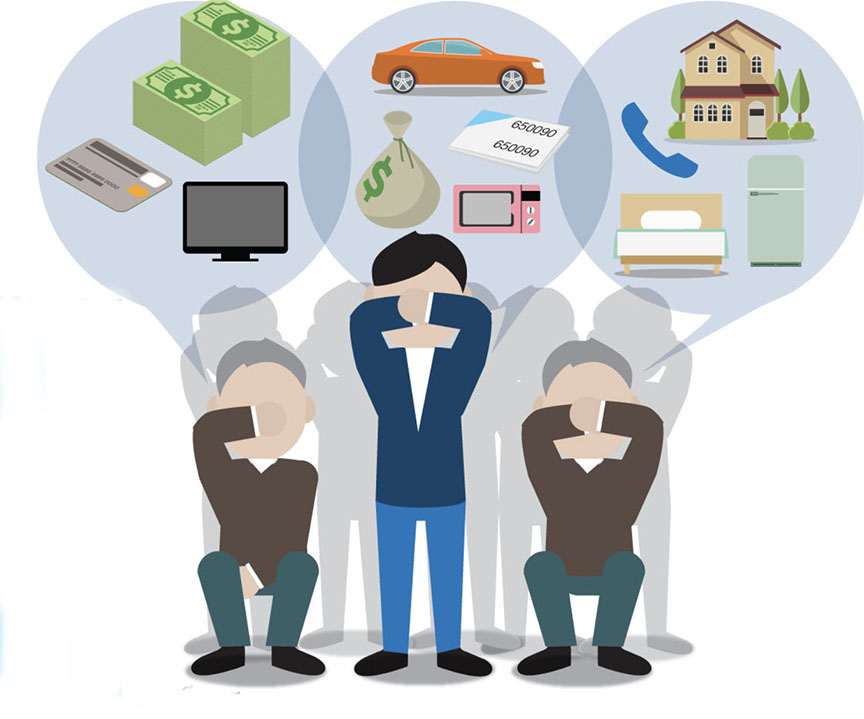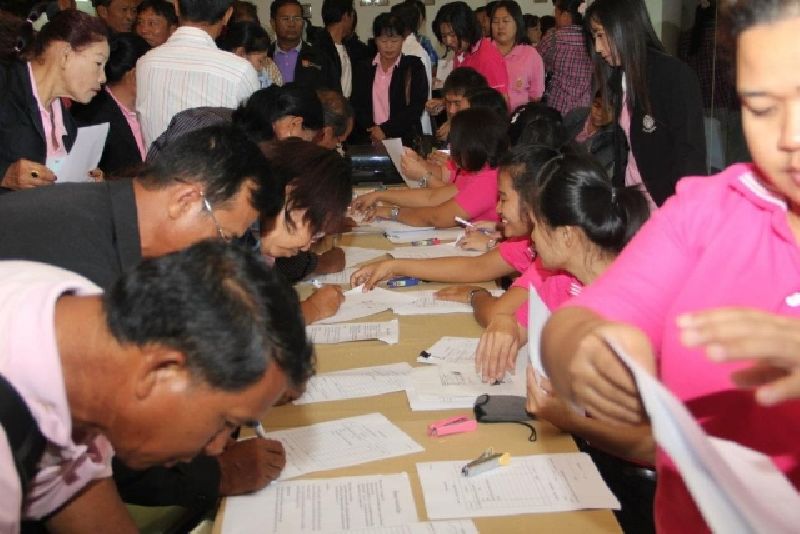
The Bank of Thailand (BoT), together with the Puey Ungphakorn Institute for Economic Research (PIER), has published a paper on “Thailand’s household debt, the crisis and why it should not be overlooked”. The paper focuses on 2 issues: 1. how indebted are Thais and 2. how deep the crisis of this household debt is.
According to the National Credit Bureau’s March 2022 data, 37 percent or one-third of Thais, about 25 million people, are in debt. This is up from a record 30 percent in 2017.

About 57 percent of indebted people have more than 100,000 baht outstanding, while 14 per cent owe more than 1 million baht. The average debt is 520,000 baht per person. Household debt in Thailand has almost doubled in the last ten years.
When looking at the ratio of debt to accounts, the study found that Thais have an average of 3 debt accounts per person, while 32 percent of indebted people have more than 4 debt accounts.
Below is the type of debt of Thais:
- Personal loans: 39 percent
- Credit card: 29 percent
- Debts related to agriculture: 12 percent
- Auto loans: 10 percent
- Mortgage: 4 percent
- Business debt: 2 percent
- Motorbike loans: 2 percent
About two-thirds of total Thai household debt is a non-productive loan which is a loan that does not generate any revenue or income. This type of debt includes personal loans and credit cards. In contrast, debts that build wealth, productive loan, such as corporate debt or mortgages, only account for 4 per cent of total accounts.
It is important to note that the ratio of mortgage, which is a productive loan, to total debt in Thailand is only about 35 per cent. This signifies that Thais are more indebted with a non-productive loan which is “rather concerning,” according to PIER.

In advanced economies where the countries have a similar debt-to-GDP ratio similar to Thailand. Japan has 62 per cent of mortgages in total debt. The United States, Canada and the United Kingdom have 73, 73 and 91 percent of the same ratio respectively.
Meanwhile, about 20 percent of Thailand’s debt has fallen into the non-performing loan (NPL) category. The two most vulnerable groups are farmers and low-income people. For the former, the debt-to-income ratio is 34 percent, and for the latter, the same ratio is 41 percent.
















































